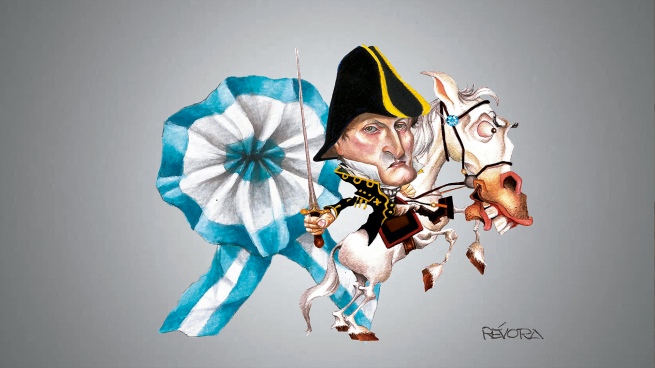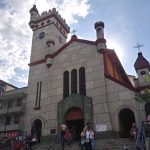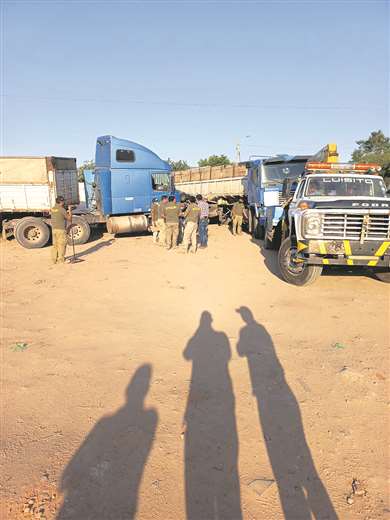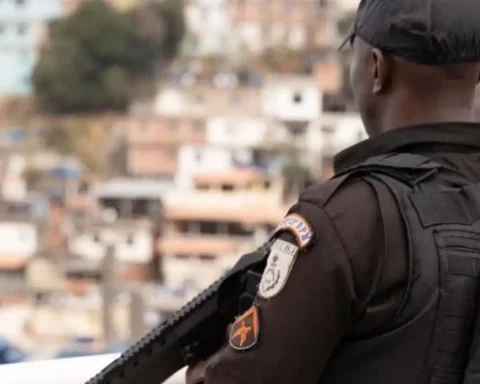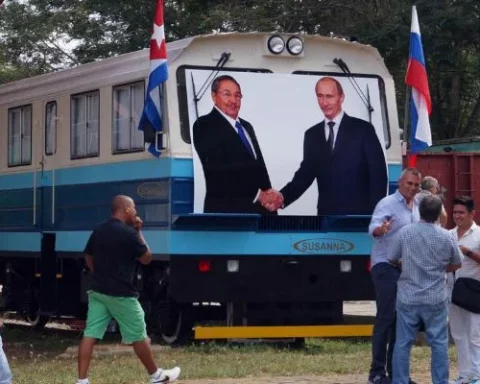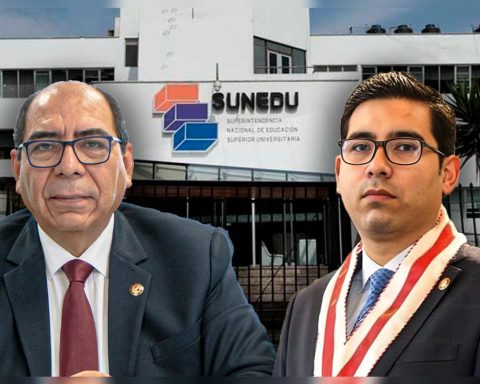Neither today nor tomorrow nor the day after. Maybe never. The day of the rosette. The popular saying appeals to metaphor and history to account for a mix. The celebration changed four times, oscillating between May 18, 19 and 20to finally prevail on the 18th.
Also about their colors there was hesitation: white, red, light blue and white, blue-light blue and white. It even came to designate French and not Manuel Belgrano as its creator.
But what was always clear, among those who wore it yesterday and wear it today, is that beyond the anniversary, what it is about is “putting on the chest”. Recognize yourself, belong and be on the side you have to be on: of the natives and not of the English; of the patriots and not of the Spaniards; of the country and not of the colony.
The rosette on the lapel of the recently ironed suit or the frayed poulover is a public statement. Put your chest before the common gaze for a cause, for a handful of values, for a more or less feasible project, always under construction. Perhaps that is why the day of the rosette, which was never going to come, is still present.
Identity and belonging
The Spanish intensified the attacks against the coasts of the Paraná river at the end of 1811. Faced with this situation the Triumvirate sent Manuel Belgrano to Rosario, who managed to counteract the attacks and settle in the Paraná ravines. There he installed a battery that he called Libertad.
Belgrano wanted to deepen the fight for independence. And he knew that this is also built from identity. He then he wrote to Buenos Aires. He asked permission for his soldiers to wear a sky-blue and white ribbon to identify them. A rosette that differentiated them from those who fought for absolutism and colonialism. Another way, symbolic, to put the chest that they risked on the battlefield.
Through the decree of February 18, 1812 the Triumvirate decided to create a “national cockade of the United Provinces of the Río de la Plata in two colors, white and light blue, being abolished the red with which they were formerly distinguished”. It was the design proposed by Belgrano.
Don Manuel was excited. He replied to the Triumvirate that on February 23, 1812 he delivered the cockades authorized to his troops. And he added: So that “they finish confirming to our enemies the firm resolution in which we are to support the independence of America.”
A letter, a flag

The letter worried the strong man of the Triumvirate, Secretary Bernardino Rivadavia. According to historian Felipe Pigna, Rivadavia “was worried about not upsetting Great Britainand his ambassador in Rio de Janeiro, Lord Strangford, with whom he was negotiating the withdrawal of the Portuguese from the Banda Oriental, on condition that the issue of independence not be mentioned”.
But Belgrano kept going. On February 27, 1812 he inaugurated a new battery, he called it “Independence” and he had the troops line up in front of the flag that Doña María Catalina Echeverría, a resident of Rosario, had sewn.
The ensign had the colors of the cockade. Officers and soldiers swore allegiance: “Let us swear to defeat internal and external enemies, and South America will be the temple of Independence and Liberty.”
The Triumvirate acknowledged receipt. He ordered Belgrano to “repair the size of the mess”warned him that they would not allow him to sacrifice “to such a high degree the respect of his authority” and ordered him to “by return mail give an exact account of what he has done in compliance with this superior resolution.”
Belgrano replied that he had continued to use the flag (the mail took several months to reach its destination) and that even he had blessed it on May 25, 1812 in the Cathedral of Jujuy. However, he obeys the order of the Triumvirate. It grants to destroy the flag “so that there is no memory of it”.
But he adds: “If they ask me, I will answer that it is reserved for the day of a great victory and since it is very far away, everyone will have forgotten it.” But the latter will not happen. The Second Triumviratewhich he had assumed in October 1812 under the influence of José de San Martín and Bernardo de Monteagudo, it endorsed what Belgrano had done and undid what Rivadavia had resolved. There was as well escaperala with flag that accompanies it.
Light blue and white?

“The light blue and white bands they are the symbol of the sovereignty of the Spanish kings on the dominions, not of Spain but of the Crown, which extended to Flanders, Naples, the Indies; and from that royal band our parents made badge and rosette, on May 25, to show that from the chest of a captive king we took our own Sovereignty as a people, which did not depend on the Council of Castile, nor would it henceforth depend on the dissolved Council. of the Indies”, indicated Domingo Faustino Sarmiento, in an attempt to settle the doubts about the first colors that the rosette had.
Nevertheless, the light blue and white would not have been in the May Revolution, although it was before, during the English invasions of 1806 and 1807. The insignia would have been used by the Patricians, a sort of urban militia from the River Plate, to successfully resist British aggression. Later it would have become popular among the inhabitants of Buenos Aires.
The other important antecedent in the use of the cockade is also prior to its creation by Belgrano and dates from the May 19, 1810, when a group of ladies from Buenos Aires appeared with the national emblem to an interview with then Colonel Cornelio de Saavedra, head of the Patricios regiment.
However, nothing indicates that the colors were light blue and white. Even an anonymous manuscript that quotes the historian Roberto Marfany is sure that During the week of May, the patriots identified themselves with white ribbons on their coats and hats.
Something similar says Juan Manuel Beruti, brother of the leader of sparks and revolutionaries Antonio Beruti. In his well-known “Curious Memoirs”, Beruti assures that during the May revolt the patriots identified themselves in Victory Square with a white ribbon on their coat and on the hat a red rosette accompanied by an olive branch as a plume.
Far from the school story, a letter attributed to Ramón Manuel de Pazos assures that French and Beruti distributed the famous white ribbons as a sign of peace and union between Creoles and Spaniards, but that in the face of the hostility of the royalists on May 25 red ribbons began to be handed out as a “Jacobin” sign of revolt and revolution.
A day in three steps
It took 125 years for it to finally have a place on the calendar. It is the distance that separates the May Revolution of 1810 with the resolution of the National Council of Education of 1935, which established on May 18 as Cockade Day.
Then came the National Education Council of 1941, which established that every May 18 the national insignia should be remembered in the country’s schools; and the incorporation in 1951 to the School Calendar, which forced to carry out commemorative acts in the different primary schools.
the colors of history
“The Bibiloteca de Mayo, published in 1960, collects newspapers of the time, such as that of Beruti’s brother, and from there it emerges that the ribbons that were distributed were white and red, in addition to stamps with the esfie of Fernando VII, that he was in a position of change”, emphasizes the historian Norberto Galasso.
The essayist adds that “the light blue and white ribbons to which Miter refers do not appear there, nor does Miter explain where he got it from. There, too, it is said that the tapes that were distributed on the morning of May 25 were already they were only red, as an expression of blood, of violenceagainst the traps with which the Viceroy wanted to remain in power”.
Ribbon, Badge, Logo. White, red, light blue, blue. On the chest, hat or lapel. Beyond the rigors of the calendar and the color palette that paints it, The rosette signals from its origins the dream of sovereignty, justice and freedom. Elusive and proud, she assures that her day has finally come.
